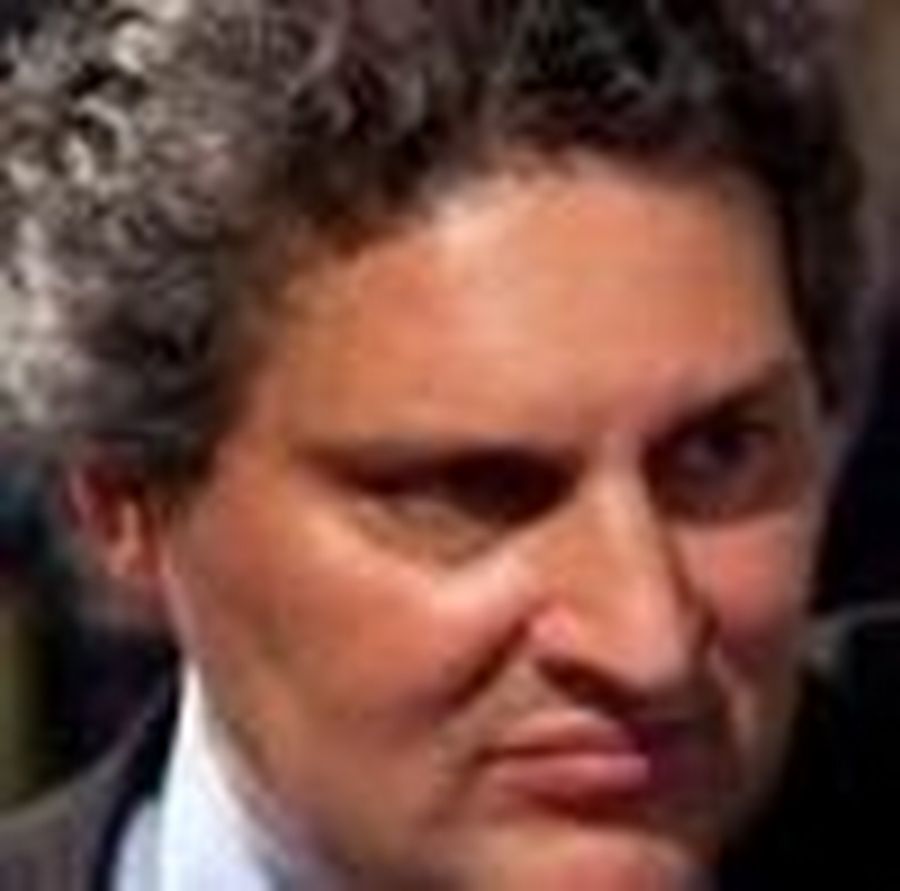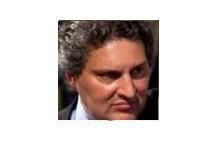
IFR Editor-at-large Keith Mullin
OH DEAR, IT hasn’t been a good couple of weeks for JP Morgan. First of all, the bank came in the bottom three in the Fed stress tests with a Q4 2014 adverse scenario Tier 1 capital ratio of 6.3%. Only Morgan Stanley (5.7%) and Goldman Sachs (5.8%) fared worse. The Fed hammered the trio because of the magnitude of their trading books and its harsh modelling of trading losses under stressed conditions.
I noted last week that the banks all came up with much rosier numbers in their own versions of the tests, and of course it’s impossible to know whose models would be a more accurate reflection of reality. But even with that proviso, the poor showing in the Fed models is food for thought.
A week after the results were unveiled, the Fed pushed back on JPM and Goldman, demanding they submit new capital plans by the end of Q3 “to address weaknesses in their capital planning processes”.
The Fed didn’t object to the capital plans as submitted and wasn’t specific in the nature of its objections. In its statement, it simply said it could object to a capital plan based on qualitative or quantitative concerns – or both – and noted that it could require new capital plans from an institution at any time to require improvements in the capital planning process.
The lack of specificity is rather vexing, but whatever the case, it’s kind of embarrassing for both institutions. As if that weren’t enough for JPM, the US Senate’s Permanent Subcommittee on Investigations scheduled a hearing on March 15, in its own words “to examine matters relating to credit derivative trades made by the JP Morgan Chase chief investment office”. That’s shorthand for “to publicly lambast and humiliate all those involved in the sorry saga that just never goes away”.
You just know that it’s going to be the modern version of the ducking stool. The title of the wondrously detailed 300-page Subcommittee report that came out on March 14: “JP Morgan Chase Whale Trades: A Case History of Derivatives Risks and Abuse” kind of gives the game away.
IF YOU HAVEN’T had the chance, I urge you to read the report or at least give it a detailed scan, as I have. For sure, we all know the detail of the saga, but the tone and the language of the report make for a great read; except of course if you work at JP Morgan. The report is nothing if not a proto-script for a blockbuster film.
Here’s an excerpt: “The Subcommittee’s investigation has determined that, over the course of the first quarter of 2012, JP Morgan Chase’s Chief Investment Office used its Synthetic Credit Portfolio to engage in high-risk derivatives trading; mis-marked the SCP book to hide hundreds of millions of dollars of losses; disregarded multiple internal indicators of increasing risk; manipulated models; dodged OCC oversight; and misinformed investors, regulators, and the public about the nature of its risky derivatives trading … ” Explosive stuff.
The Whale saga and now the capital plan pushback have tarnished the reputation, standing and credibility of Jamie Dimon
That one excerpt in essence summarises the report’s seven key findings of fact: increased risk without notice to regulators; mis-characterised high-risk trading as hedging; hid massive losses; disregarded risk; dodged OCC oversight; and mis-characterised the portfolio. And there was one for the regulator: failed regulatory oversight.
The recommendations? There were seven of those, too: require derivatives performance data; require contemporaneous hedge documentation; strengthen credit derivatives valuations; investigate risk-limit breaches; investigate models that substantially lower risk; implement Merkely-Levin provisions; and enhance derivative capital charges.
THE LIST OF JPM staffers summoned to testify at the hearing includes most of the co-conspirators or involved parties: Ina Drew, former head of the CIO; acting CRO Ashley Bacon; Peter Weiland, former head of market risk in the CIO; Mike Cavanagh, recently installed co-CEO of the investment bank; and Doug Braunstein, now vice chairman but CFO at the time of the trades.
But there are clear and notable exceptions: Jamie Dimon is the most glaring omission, although Subcommittee chairman Carl Levin is not ruling out hauling the chairman and CEO up again to testify. And of course the London traders. The Senate report noted that “several former JP Morgan Chase employees located in London declined Subcommittee requests for interviews and, because they resided outside of the United States, were beyond the Subcommittee’s subpoena authority”.
The Subcommittee named the head of the London trading desk, Achilles Macris; his boss, Javier Martin-Artajo; the Whale himself, Bruno Iksil; and Julien Grout, who was responsible for marking the synthetic credit portfolio (or should that be mis-marking it?).
“Their refusal to provide information to the Subcommittee meant that this Report had to be prepared without their direct input,” the report sternly noted. If I were them, I wouldn’t be planning any holidays to the US any time soon.
I think the Whale saga and now the capital plan pushback have tarnished the reputation, standing and credibility of Jamie Dimon, who comes out of this looking like an arrogant, swaggering bully both to regulators and to his own staff.
The bank’s reputation for best-in-class risk management has been condemned, as has the lack of information flow to the OCC and the accuracy of whatever flow there was. The notion of a solid, well-run bank with a fortress balance sheet has been sorely tested. The derivatives saga that Dimon referred to as a tempest in a teapot was alternatively described by an OCC examiner as a ‘make-believe voodoo magic “composite hedge”’. That, surely, has to be the title of the film.

